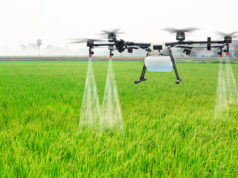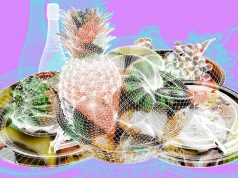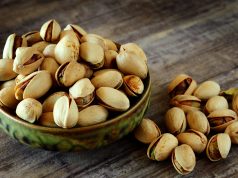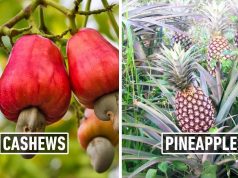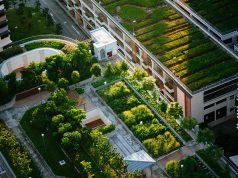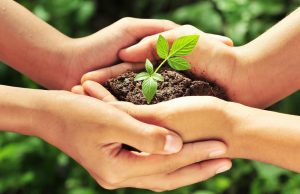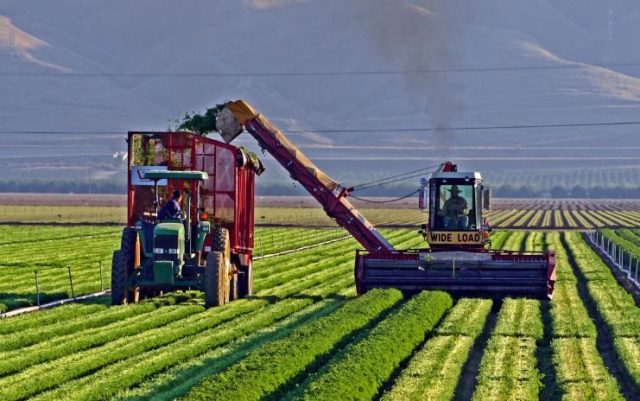
Nowadays, the development of technology affects every aspect of our lives, and agriculture is no exception. It has been shown that technology in agriculture, also known as AgTech, has changed the industry to a great extent. Three years ago, as much as $4.6 million was invested in technology, and we’re sure this number will only become higher as time goes by. People in the industry must keep up with the latest digital trends in agriculture. Here are six digital transformation trends that have had a major role in agriculture so far.
IoT and Sensors in the Field
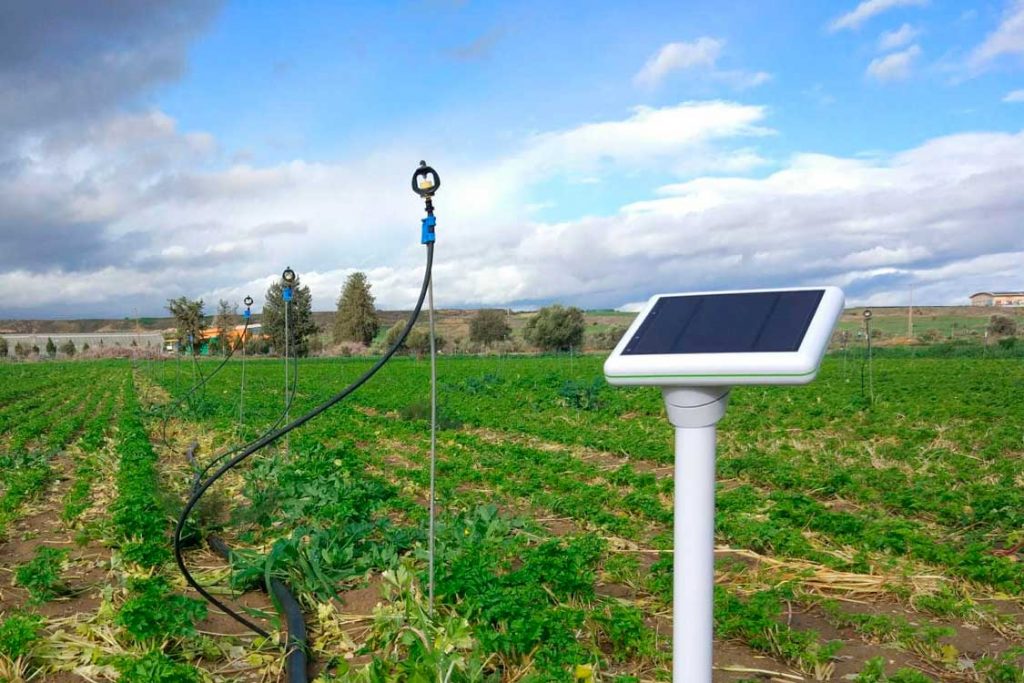
Thanks to IoT sensors in the field, farmers have managed to manage higher food production with less waste, which should be the goal, right? So, it’s clear that these sensors have already brought much good in the food sectors. The IoT makes it possible to simplify and streamline collection and inspection, as well as overall distributing of agricultural resources. And with the sensors placed strategically in the field, farmers can always know how their crops are doing no matter where they are. These sensors send them up-to-date information about any changes in their crops so that they can act on time if needed.
IoT and Sensors in Equipment
Just like the sensors are necessary for the field, they can also help a great deal when placed on agricultural equipment. There are several kinds of sensors that help make “precision agriculture” tractors and other farming equipment more efficient, including those that act like a GPS, sensors for yield mapping and harvest documentation, and there are also those that monitor when tractors need to be serviced.
Drones and Crop Monitoring
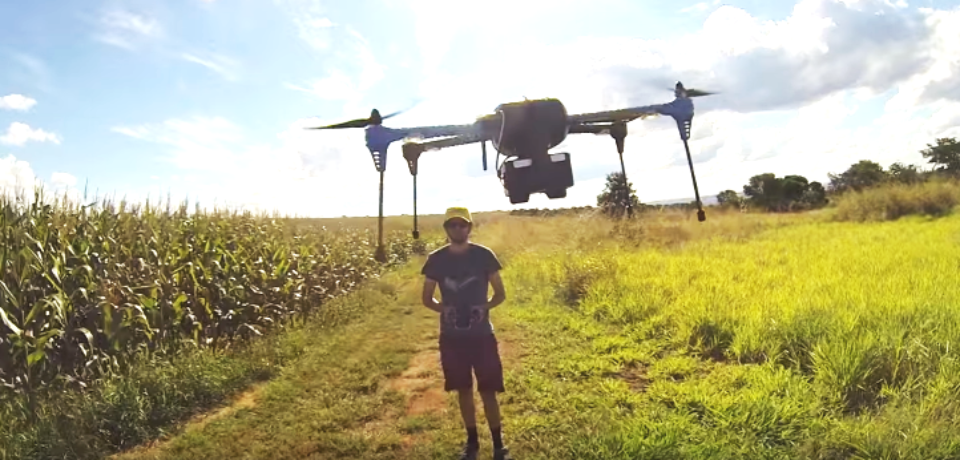
Working in a field is quite different from working in the garden. If nothing else, you can see all your plants at once when you’re in your garden, but that’s not the case in the field. That’s why drones have been of much use for farmers. Drones enable crop monitoring so as to combat drought and other harmful environmental factors. Plus, they can also be used to spray chemicals, which increases the spraying speed by five times compared to other machinery that could be used for the same purpose.
Farming and Robotics
Just like robots and artificial intelligence are used to increase productivity in other industries, they can be used for the same purpose in agriculture as well, ensuring higher and faster yields. For instance, the spraying and weeding robots recently acquired by John Deere have proven to be able to reduce agrochemical use by as much as 90%, believe it or not. In addition to this, some robotics companies are conducting experiments with “laser and camera guidance for identifying and removing weeds without human intervention.” One day, there might also be plant-transplanting robots, as well as those for fruit picking and nut harvesting. Even though this seemed too delicate for robots in the past, now it’s much more likely to expect them to take on these roles, as well.
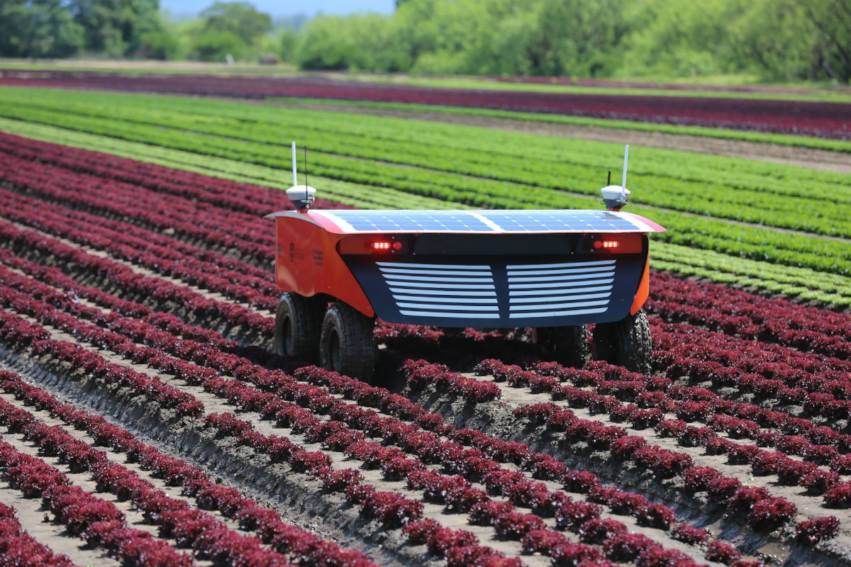
RFID Sensors and Tracking
Thanks to RFID sensors, the food can be tracked from the field to the store, after the harvesting is done. This is of particular use for consumers who can have a detailed trail about the food they want to buy. Of course, this technology is beneficial for manufacturers, as well, as it can increase trustworthiness and raise awareness of how important it is to produce fresh and healthy produce. RFID sensors can be also of use in minimizing outbreaks, similar to that that happened when they the bacteria in lettuce that affected patients in 16 states. So, they had to issue a country-wide warning, which would not be necessary with RFID sensors because these can trace the origin.
Machine Learning and Analytics
Finally, machine learning can help a great deal before the seed is even planted, as it can predict the traits and genes that will be best for crop production. Thanks to machine learning, farmers can know what the best breed for their location and climate is. In addition to this, machine learning algorithms can also track the most purchased products and based on that, give predictions for future farming.
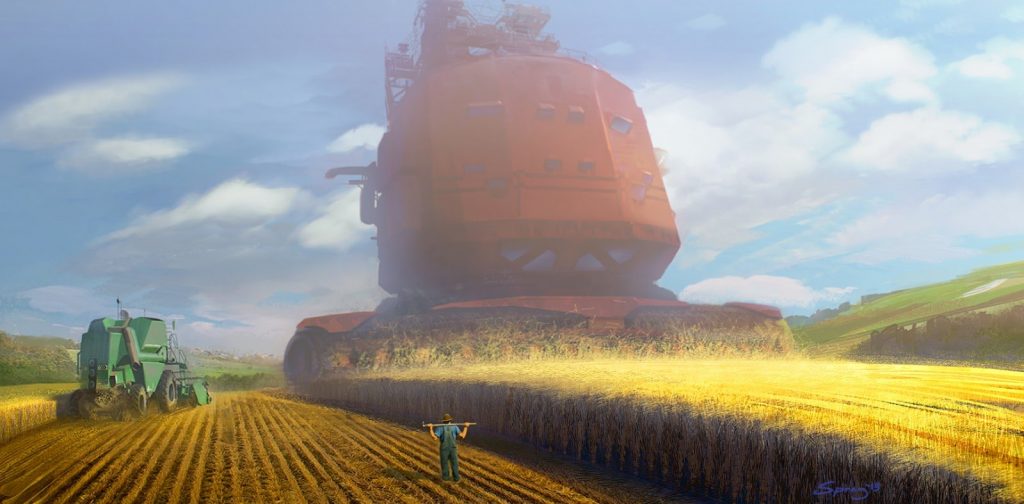
As you can see, keeping up with trends in agriculture can only bring good things both to farmers and consumers. It is of the utmost importance to use the development of technology to ensure better yielding crops and healthy and fresh food.

